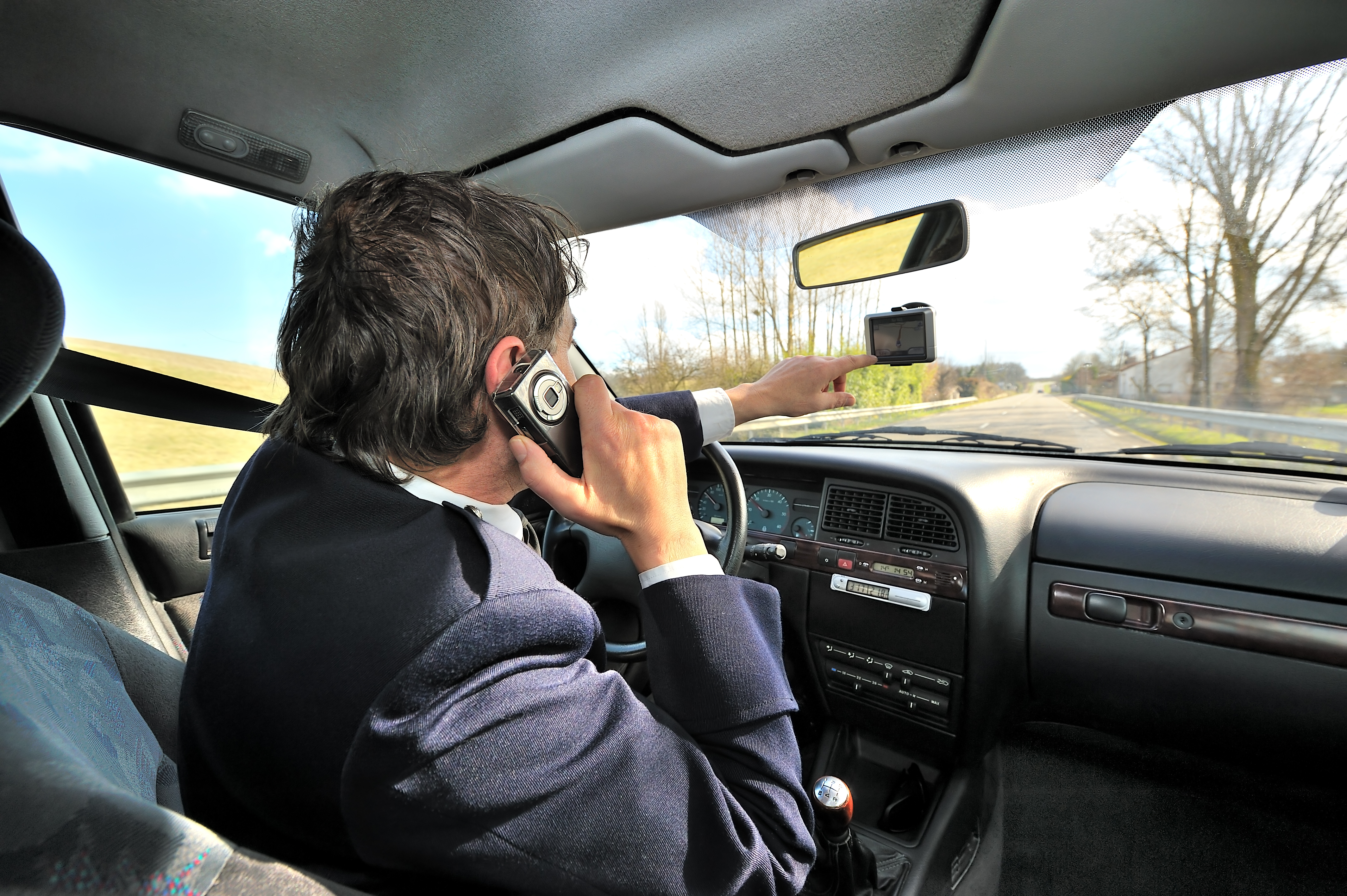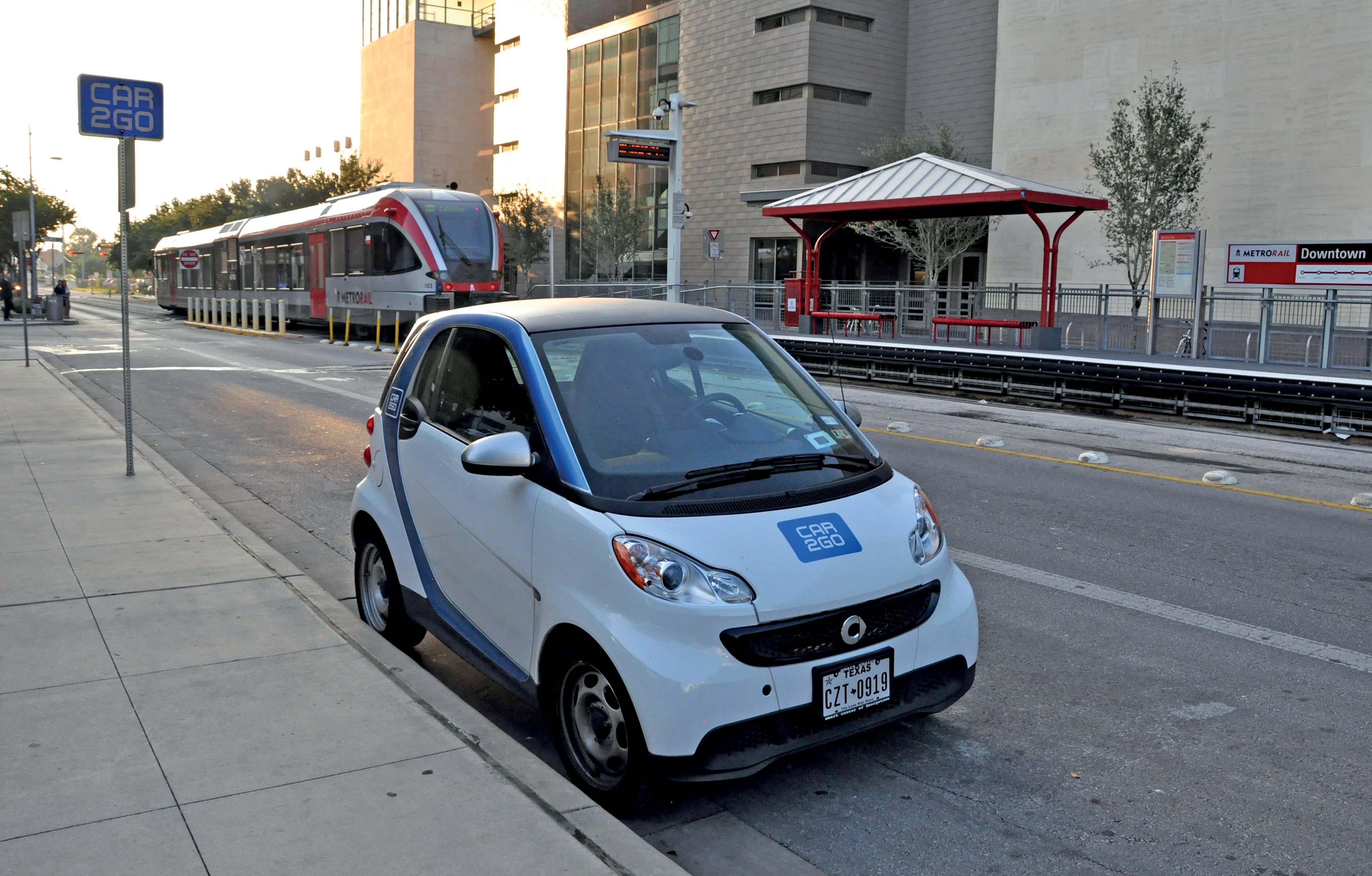
Lacroix Trafic’s Steve Collins believes the improving trends in road safety could go into reverse unless authorities make full use of the latest LED technology to meet drivers’ information needs.
Road authorities and vehicles manufacturers could and should be far more active in countering some of the transportation industry’s major problems, according to Steve Collins export sales director at
Superficially many of the major trends in the road transport sector appear to be isolated happenings for which road authorities and vehicle manufacturers have no control and little influence. But Collins says when you look a little deeper, there are some common failings both roadside and in-vehicle which are perpetuating these problems rather than countering them. He cites examples like the needs of elderly drivers, the rise of distracted driving crashes, and the loss of influence on the part of road authorities.
However, he says, many of these shortcomings could be overcome by better use of variable message signs (VMS).
“Drivers are bombarded with information but an increasing proportion of the most relevant and up-to-date now arrives on a small screen or via a mobile device and this diverts drivers’ attention away from what’s happening outside the vehicle, to see what’s being displayed inside the vehicle.”
It has been said that half of drivers now look at their smart phone while in the process of driving and the American National Safety Council estimates that at least 1 in 4 crashes involve drivers using cell phones and texting. A study by the University of North Texas Health Science Centre found that 16,141 deaths can be attributed to texting while driving.
Almost half of young Americans between 12 and 17 say they’ve been in a car while the driver was texting, 13% of teenagers admit to texting while driving and 56% admit to talking on their cell phones behind the wheel. Talking on a cell phone while driving can make a young driver’s reaction time as slow as that of a 70-year-old.
“At least many countries have legislation outlawing using hand-held mobile devices while driving – albeit these are evidently being ignored – but what they are not preventing is a proliferation of screens inside the car. In my car I have to change the heating on a screen and that means taking my eyes off the road whereas I could operate the mechanical control in my old car simply by putting my hand out and feeling for the right knob. A driver looking at a screen, any screen, is not watching the road.
“Clearly this is detrimental to road safety and yet nothing is being done to address this obvious growing problem – not that legislation should be necessary but it seems an inescapable conclusion that vehicle manufacturers are more concerned with fashion than safety.
“This is all becoming far too dangerous to handle and nobody seems to paying attention to increasing fatality on the roads and the reasons behind them. There will soon be more deaths caused by drivers using your smart phone than drinking. What are we going to call these - smart screen deaths? Perhaps we will even have the acronym SSD.”
It is all too easy to blame social media but there is a proportion of mobile device use that is associated with to access real-time traffic information about delays, detours and the like – information which the local authority are best positioned to manage and distribute. Were they to do so more effectively, Collins says there would be less need for drivers to access their smartphones or to be prodding their satnavs to find out what’s happening.
And what of the older generation of drivers? “Many are not conversant with some of the latest technology, and their needs are being increasingly ignored by authorities and effectively left to find their own way around the road networks of many supposedly developed countries.
“Road authorities in most developed countries already have the data and technology to provide the information drivers’ start seeking from their smartphones and satnavs. The latest variable message signs can be used for full screen displays to provide comprehensive, precise and up-to-the-minute information to passing drivers. This would have many beneficial effects: firstly it would remove the need for drivers to consult their phones and satnavs to discover the nature of any delay; secondly to restore levels of influence road users have not enjoyed for many years; and finally it would provide those without the option of using in-car technology the same level of information available to other drivers not having or being able to access such technology.”
The loss of influence has long been a bone of contention between the road authorities and private companies like Google, satnav companies and other providers. “But you have to ask, what’s the point of only showing drivers it will take them 30 minutes to do a journey that should only take 10 and then leaving them to their own devices? The next thing many will do is to look at their mobile phones or start interrogating their satnav systems to look for alternative routes while many older drivers are left only knowing they will be stuck for 20 minutes.”
“It is all too easy for cash-strapped road authorities to do nothing and say ‘everybody is looking online for the information anyway, so let them get on with it’. But if we are to continue to improve safety and mobility what needs to happen is for the authorities to step up to the mark and collect and distribute the information drivers need in a way that is inherently safer than looking at a small screen inside the car.”
Collins believes what is required is a fundamental shift from VMS displays to what he calls VMS systems where above ground technology is integrated into the VMS in a real-time turn-key information provider systems. “Motorway operators need to be able to display explanatory messages or diagrams to show congestion ahead and detour plans, the costs of tolls, toll congestion and available open lanes. The latest full colour matrix signs are capable of displaying detours and of carrying real-time weather conditions, the number plate of speeding vehicles and bespoke advice to bus or drive dangerous goods vehicle drivers.
“The current lack of real time information from road authorities on many highways and motorways is just ridiculous when you look at the technology now available in terms of detection and display. Not only is the sensing and display technology readily available but the latest wireless technology – indeed that used by the smartphones – can be used to feed and control the variable message displays.”
While there would be a cost associated with upgrading to the latest technology, for many authorities the lower cost of maintenance on the likes of the LED-based signs will offset the expenditure and probably lead to an overall whole life cost reduction. “And excluded from that calculation is the enormous human and social benefit of avoiding accidents, injuries and fatalities”.
“We have all the technology we need to make roads safer for our youngsters and the elderly generation and to avoid unnecessary deaths by displaying what the driver really needs to know on the new generation VMS systems. If we can do that we break this seemingly habitual link with drivers using their smartphones or satnavs or their new integrated dashboard tablet and being distracted from viewing the road ahead. It would also put authorities back in control of the road and vehicle routing.
“We could see this played out across the road networks of many countries in just a few years and if we don’t, then I think motorists can legitimately ask ‘why not’?”











